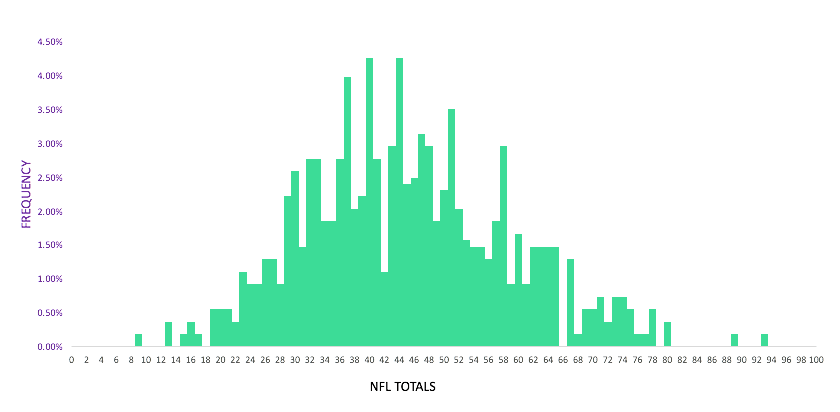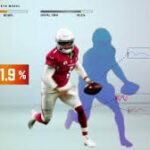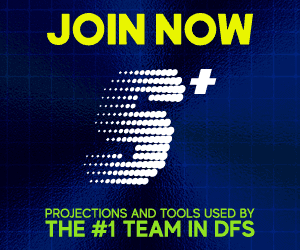Imagine having a crystal ball that doesn’t just guess, but calculates the likelihood of every possible outcome in an NFL game. That’s the power of Monte Carlo simulations—a mathematical marvel that brings the chaos of football into the realm of probabilities and precision.
What Is Monte Carlo Simulation?
At its core, Monte Carlo simulation is a method of running thousands, sometimes millions, of random experiments to understand the range of possible outcomes in a complex system. Think of it as playing out an NFL game in a virtual arena, over and over, each time with slightly different twists—like player performance, weather conditions, or referee calls—based on real-world statistics.
Why NFL Betting?
NFL games are notoriously unpredictable. Injuries, weather, coaching decisions, and sheer luck can sway results dramatically. Traditional betting odds often rely on expert intuition and historical data, but they can’t capture every nuance. Monte Carlo simulations fill this gap by:
- Modeling Uncertainty: By simulating many possible game scenarios, the method reveals the probability distribution of outcomes rather than a single predicted winner.
- Quantifying Risk: Bettors gain insights into the likelihood of winning or losing bets, helping them manage risk more intelligently.
- Finding Value Bets: When the simulation’s probabilities differ from bookmaker odds, savvy bettors spot opportunities where the odds are in their favor.
How Does It Work in NFL Betting?
- Data Gathering: Collect stats on teams, players, injuries, weather, and historical performances.
- Building the Model: Create a probabilistic model that accounts for offensive and defensive strengths, turnovers, scoring drives, and other game factors.
- Simulating Games: Run tens of thousands of simulated games, each time randomly sampling from the probability distributions of different events.
- Analyzing Results: Calculate the frequency of each outcome (win/loss, point spreads, over/under scores) to estimate probabilities.
- Making Decisions: Compare these probabilities to betting odds to identify bets with positive expected value.
A Real-World Example
Say you want to bet on the point spread for a matchup between Team A and Team B. Your Monte Carlo simulation runs 100,000 virtual games and finds that Team A covers the spread 55% of the time, but the bookmaker’s odds imply only a 50% chance. This discrepancy signals a smart bet.
The Edge of Monte Carlo in the NFL
- Dynamic Updates: Incorporate new information like last-minute injuries or weather changes and rerun simulations instantly.
- Customization: Tailor models to your betting style—whether you prefer straight-up wins, prop bets, or parlays.
- Psychological Buffer: By focusing on probabilities, bettors avoid emotional decisions and “gut feelings” that often lead to losses.
Monte Carlo simulations turn NFL betting from a guessing game into a strategic calculation. While no method can guarantee wins, this approach empowers bettors with data-driven insights that can tilt the odds in their favor—making every wager an informed, thrilling gamble.
=============================================
Monte Carlo & NFL Betting Quiz
1. What is the primary purpose of using Monte Carlo simulations in NFL betting?
A) To predict the exact final score of a game
B) To run many simulated games to estimate probabilities of different outcomes
C) To replace bookmakers’ odds entirely
D) To guarantee winning bets
2. In Monte Carlo simulations, why do we run thousands or millions of simulated games?
A) To make the process slower and more complex
B) To capture the range of possible outcomes and their probabilities
C) To confuse bettors
D) To ensure every game is won by the favorite team
3. Which of the following factors can Monte Carlo simulations incorporate to make NFL game predictions more accurate?
A) Player injuries
B) Weather conditions
C) Historical team performance
D) All of the above
4. If a simulation shows Team A covers the spread 55% of the time, but the bookmaker’s odds imply only a 50% chance, what does this suggest?
A) The bookmaker’s odds are perfectly accurate
B) There may be a value bet on Team A covering the spread
C) You should avoid betting on Team A
D) The simulation is wrong
5. What kind of distribution is often assumed for margin of victory or total points in simple Monte Carlo NFL models?
A) Uniform distribution
B) Binomial distribution
C) Normal (Gaussian) distribution
D) Poisson distribution
6. How can Monte Carlo simulations help manage risk in NFL betting?
A) By eliminating all uncertainty
B) By providing probabilities that help bettors understand chances of winning or losing
C) By guaranteeing a profit every time
D) By predicting referee decisions
7. True or False: Monte Carlo simulations can be instantly updated with new information like last-minute injuries or weather changes.
8. Which of the following is NOT a typical step in running a Monte Carlo simulation for NFL betting?
A) Gathering relevant data
B) Building a probabilistic model
C) Running a single deterministic prediction
D) Analyzing simulation results to estimate probabilities
Here is the answer key with explanations for the quiz:
Monte Carlo & NFL Betting Quiz — Answers & Explanations
1. What is the primary purpose of using Monte Carlo simulations in NFL betting?
Answer: B) To run many simulated games to estimate probabilities of different outcomes
Explanation: Monte Carlo simulations generate numerous possible game outcomes to understand the range and likelihood of results, rather than predicting a single outcome.
2. In Monte Carlo simulations, why do we run thousands or millions of simulated games?
Answer: B) To capture the range of possible outcomes and their probabilities
Explanation: Running many simulations helps approximate the probability distribution of outcomes, accounting for randomness and uncertainty.
3. Which of the following factors can Monte Carlo simulations incorporate to make NFL game predictions more accurate?
Answer: D) All of the above
Explanation: Monte Carlo models can include player injuries, weather, historical performance, and more to better reflect real game dynamics.
4. If a simulation shows Team A covers the spread 55% of the time, but the bookmaker’s odds imply only a 50% chance, what does this suggest?
Answer: B) There may be a value bet on Team A covering the spread
Explanation: When simulation probabilities exceed bookmaker odds, it indicates a potential positive expected value bet.
5. What kind of distribution is often assumed for margin of victory or total points in simple Monte Carlo NFL models?
Answer: C) Normal (Gaussian) distribution
Explanation: The normal distribution is commonly used to model continuous variables like score margins and total points due to its mathematical properties.
6. How can Monte Carlo simulations help manage risk in NFL betting?
Answer: B) By providing probabilities that help bettors understand chances of winning or losing
Explanation: By quantifying probabilities, bettors can make informed decisions and avoid purely emotional or guess-based bets.
7. True or False: Monte Carlo simulations can be instantly updated with new information like last-minute injuries or weather changes.
Answer: True
Explanation: The flexible nature of Monte Carlo models allows quick reruns incorporating new data to update predictions.
8. Which of the following is NOT a typical step in running a Monte Carlo simulation for NFL betting?
Answer: C) Running a single deterministic prediction
Explanation: Monte Carlo relies on many randomized simulations, not a single fixed prediction.








